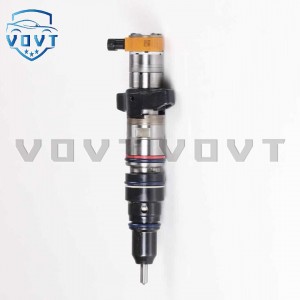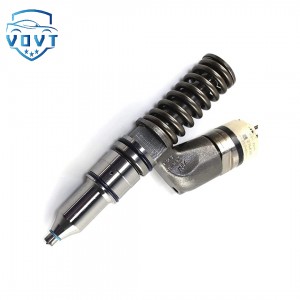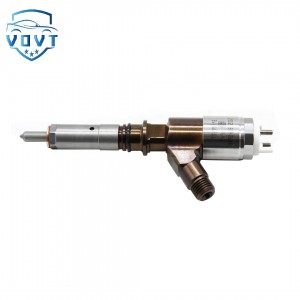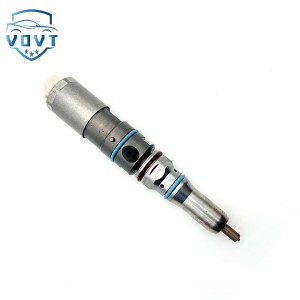New High Quality Diesel Injector 20R-8060 20R-8061 20R-8427 20R-8968 20R-8064 For CAT C9
Products Description
| Reference. Codes | C9 |
| Application | C9 |
| MOQ | 4PCS |
| Certification | ISO9001 |
| Place of Origin | China |
| Packaging | Neutral packing |
| Quality Control | 100% tested before shipment |
| Lead time | 7~10 working days |
| Payment | T/T, L/C, Paypal, Western Union, MoneyGram or as your requirement |
What are the common faults of automobile fuel injectors?
Visual inspection
Check the appearance of the injector, and check whether the connection lines and plugs are loose, damaged, or corroded. If so, it may cause abnormal power supply or signal transmission of the injector, causing failure.
Check whether there is fuel leakage at the connection between the fuel line and the injector. If there is leakage, it will affect the normal operation of the injector, causing fuel waste and safety hazards.
Engine operation status inspection
Idle jitter inspection: Let the engine run at idle speed and observe whether the engine has obvious jitter. If there is a fault in the injector, such as uneven injection, blockage or leakage, it may cause individual cylinders to work poorly, causing the engine to jitter at idle speed.
Acceleration performance test: Perform an acceleration test to observe whether the engine has insufficient power, setbacks, poor acceleration, etc. during acceleration. Injector failure may cause insufficient fuel supply or inaccurate injection timing, affecting the acceleration performance of the engine.
Listening judgment: When the engine is running, use tools such as a stethoscope or a long-handled screwdriver to listen to the working sound of the injector. Under normal circumstances, the injector will make a regular "clicking" sound. If the sound is abnormal, such as too loud, too small, irregular or missing, it may indicate that the injector is faulty.
Multimeter detection
Resistance measurement: Turn off the engine, disconnect the injector plug, and use a multimeter to measure the resistance value of the injector electromagnetic coil. The resistance value of the injector varies for different models, generally between 12-18Ω. If the measured value is significantly different from the standard value, it means that the electromagnetic coil has a short circuit, open circuit or poor contact.
Voltage detection: When the engine is running or starting, use the voltage range of the multimeter to measure the voltage at both ends of the injector plug. Under normal circumstances, there will be a pulse voltage, and its value is generally around 12V. If the voltage is abnormal, such as no voltage or unstable voltage value, there may be a problem with the injector control circuit or engine control unit.
Oscilloscope detection
Use an oscilloscope to detect the control signal waveform of the injector. The normal injector signal waveform should be a regular pulse signal, and its duty cycle and frequency will change according to the working conditions of the engine. By observing the shape, amplitude, frequency and other parameters of the waveform, it is possible to determine whether the injector is working properly. For example, if the waveform is distorted, missing or has an abnormal amplitude, it may indicate that the injector is faulty.
Injector cleaning and testing
Cleaning: Use a special injector cleaning agent to clean the injector to remove carbon deposits and impurities from the injector nozzle. After cleaning, observe whether the working condition of the engine has improved. If the fault disappears or is significantly reduced after cleaning, it means that the blockage of the injector is the cause of the fault.
Testing: Use the injector test bench to test the atomization, injection volume and sealing of the injector. Install the injector on the test bench to simulate the working conditions of the engine, and detect whether the spray shape and injection volume of the injector are uniform and whether there is any leakage. The test can accurately determine whether the performance of the injector is good.
Cylinder disconnection test
When the engine is running, disconnect the injector plug of each cylinder in turn to stop the cylinder from injecting fuel and observe the changes in the engine's operating condition. If the engine jitter is significantly aggravated after disconnecting an injector plug, it means that the injector is working properly; if the engine operating condition does not change significantly after disconnection, it means that the injector may have a fault, such as blockage, no fuel injection, or excessive fuel injection.

























